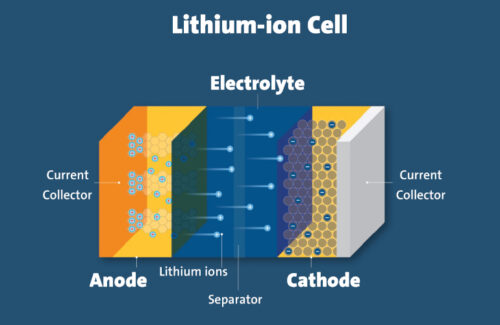The US International Trade Commission (ITC) has brought a confirmive provision in its provisional anti -dumping and countervailing obligation (AD/CVD) research into active anodia material from China.

Battery schedule of UL.
The American Active Anode Material Producers (AAAMP) submitted his AD/CVD requests to the Commerce and US ITC department in December 2024, to ask research into active ano material (AAM) that is used in Lithium-ion energy storage and EV batteries. AAAMP claimed that China’s dominance on AAM production has forbidden the domestic market to set up competitive activities.
The ITC found some merit behind this claim, indicating that the American AAM industry was “material handicapped” by dumped and subsidized import from China. While earlier AD/CVD cases in the solar panel space can be a clear “before” and “after” level of damage as soon as the Chinese product has entered the United States, the AAM industry has no significant product output to compare. Today’s confirmatory preliminary decision offers a unique opportunity for other similar products to claim material delay in the domestic industry – the current, non -existent silicon wafer industry in the United States can, for example, take on damage due to China’s dominance.
The ITC will continue its research into AAM, and the trade department will then determine the details behind the dumped and subsidized product from China. Commerce’s provisional CVD decision is likely to be in May 2025 and the provisional advertising decision will probably be in July 2025.
In the original petition, AAANP asked for tasks on all active anodia materials, whether it is synthetic, of course whether a mix; with or without a coating; Regardless of or in powder, dry, liquid or other shape. The group has generalized that anodia materials typically have a maximum size of 80 microns, an energy density of at least 330 milliamp hours per gram and a degree of graphitization of 80% or higher. Subject items can be mixed with silicon or not, but the taken graphite must have a minimum purity content of 90% carbon. The tasks can be levied against anodia materials, whether they are imported separately, in a compound or in a finished battery.


